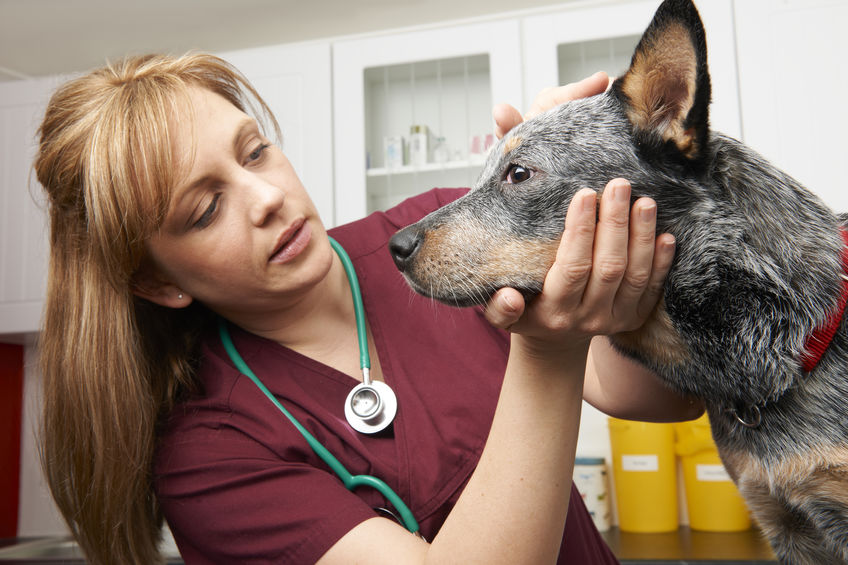Development of a clinical tool to aid endotracheal tube size selection in dogs
Development of a clinical tool to aid endotracheal tube size selection in dogs

Requires membership/payment
In our edition of: Apr 2020
In our categories of: small animals
our summary:
Haider, G. et al. (2020) Development of a clinical tool to aid endotracheal tube size selection in dogs. Veterinary Record, 186, 157
The aim of this two-part study was: 1) to identify a phenotypic parameter which correlates with the inner tracheal diameter (ITD) in order to predict the best-fitting endotracheal tube size (ETS), and 2) to develop a chart to assist in ETS selection.
For part one of the study, a prospective case series of 100 dogs was analysed. The enrolled dogs, of different ages, breeds and sexes, were scheduled to undergo general anaesthesia for a surgical procedure unrelated to the study. Following premedication and sedation, a latero-lateral radiograph of the dogs’ neck was obtained for ITD measurement.
The dogs were then intubated with an orotracheal tube by the same veterinarian. The internal and external sizes of the tube were recorded and the ITD was measured at a standardised location. A range of phenotypic parameters were measured, including body mass and body size. Following analysis, the best-fit regression model was used to calculate a formula for ETS estimation.
Part two of the study was a retrospective assessment of the ETS estimation chart. The anaesthesia protocols, including ETS used, from the clinical records of 444 dogs weighing less than 25 kg and more than 12 months old were reviewed. Included dogs were grouped into mesocephalic and dolichocephalic (MDC) or brachycephalic. Differences between predicted ETS based on calculations from the ETS chart and the used ETS were reviewed for both groups of dogs.
The part one prospective study results showed that the highest linear correlation was between body mass and body size and ITD; the highest non-linear correlation was between ETS and body mass. The analysis in part two of the study showed the mean difference between predicted and used ETS was 0.0 for mesocephalic/dolichocephalic (MDC) dogs and for brachycephalic dogs the mean difference was 1.3.
Limitations to the study included that body condition score was not evaluated or included and that only one type of endotracheal tube was used in the study, as there are different ratios between internal (ETS) and external diameter in different endotracheal tubes. In addition, the intubations in part two were performed by veterinarians with varying levels of experience in intubation which may have influenced the results.
This study provides veterinary practitioners with a useful tool to help when selecting endotracheal tubes for use with mesocephalic and dolichocephalic dogs. The ETS chart as given is not accurate for use in brachycephalic dogs.
To produce a more exact estimation of ETS, future studies should include the use of body condition score in the formula.
Image copyright attribute: Ian Allenden
Join the discussion
We encourage discussion on all material highlighted in each edition of inFOCUS. Use the button below to join the conversation on Twitter and include your comment in the feed for this issue.






Leave a Reply
Want to join the discussion?Feel free to contribute!